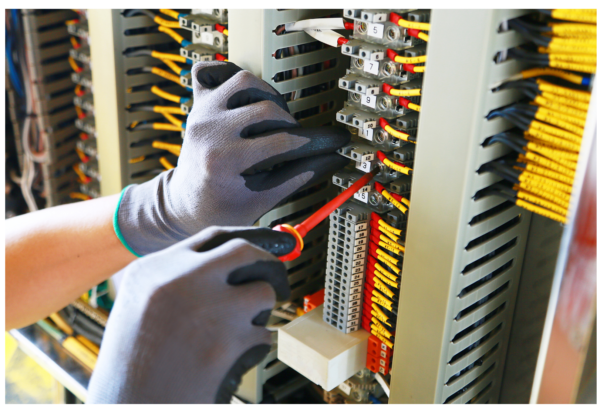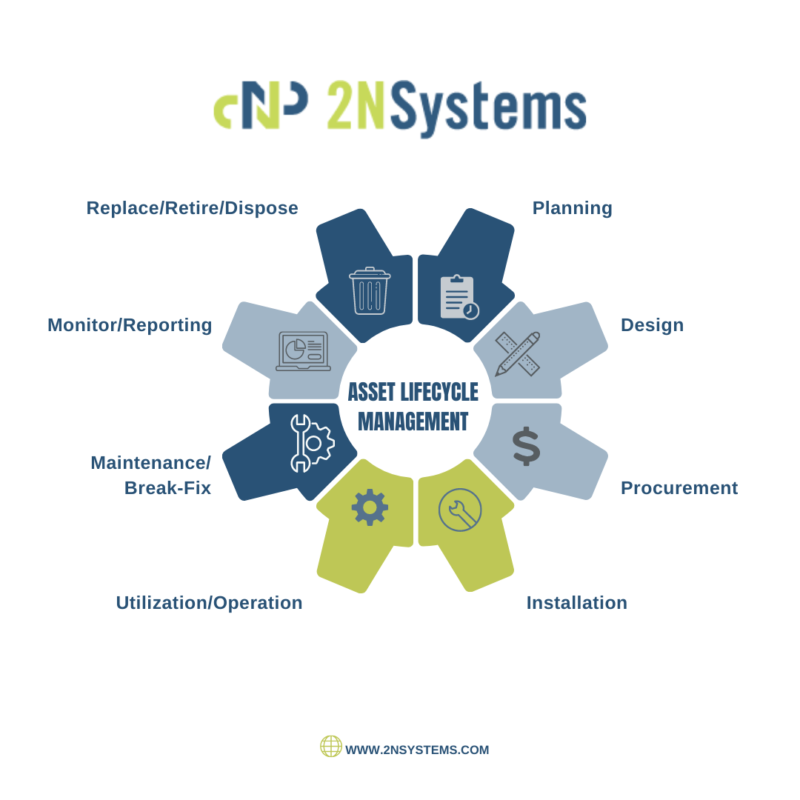The most crucial stage of Asset Lifecycle Management is the installation.

In most cases, assets need to be installed before they can be used. During the installation stage, the Design Team develops their capacity to support the implementation of selected assets. This team will then partner with project managers, external consultants, and intermediary teams to ensure they have the competencies to support and sustain installation at the employee level, as well as the facility level. Organization managers are often surprised at how much preparation and resources are needed during the installation stage. Companies will want to utilize Project Teams (such as 2NSystems) to anticipate these needs and prepare for the next stage. Project Teams work together to ensure the availability of resources needed to launch the project, such as building the implementation infrastructure. A poorly designed, planned, and procured project can fail to meet installation requirements due to lack of resources.
Here are just a few examples of types of installation that we come across in Asset Lifecycle Management:
- Installation of software onto your server: The installation of a software refers to the configuration of the software to make it usable by the computer system. The installation process varies depending on the program and the computer. Many programs (including operating systems) are provided with an installer, a special application responsible for the installation process.
- Installation of a UPS: You need to install a UPS into the electrical system. UPS models and installation requirements are not all the same. There may be individual considerations for large, mid-range modular, and smaller models. UPS backup configurations and deployment methods also differ in the requirements they have. The installation of a hardwired UPS should be performed by a licensed electrician. UPSs that are smaller can typically be installed by users, but a second pair of eyes is still recommended in these situations.
- Installation of Cooling Unit: The installation of a cooling unit has both mechanical and electrical requirements that need to be considered. There are multiple types of cooling systems and depending on the type of heat rejection, the requirements can be very different. For example, air cooled units may have limitations on how far away the condensers need to be. While water cooled/glycol, or chilled water systems require specific pipe and pump sizing to meet flow requirements. Location of the equipment is another factor. Do you need a crane to put the equipment on the roof? How big does the crane need to be? Where can you run the pipes throughout the building? Cooling units can be some of the most complicated equipment installations, in most buildings.
The most crucial stage of Asset lifecycle Management is the installation. A problem with the installation could result in the asset not working or it could be damaged. It is vital that the installation fulfills the requirements of the equipment and local codes. It is important to carefully consider the location and environment where the asset will be installed. The asset should be monitored and cared for after installation to detect and resolve any potentially problematic connections. To complete the installation, you will most likely require the aid of outside contractors and/or partner, so ensuring that your partners have the necessary experience and knowledge is essential to the process. Engage an experienced partner. Check your connections. Be environmentally aware of your surroundings.
Be sure to check back here soon for the next installment in our Asset Lifecycle Management series.
